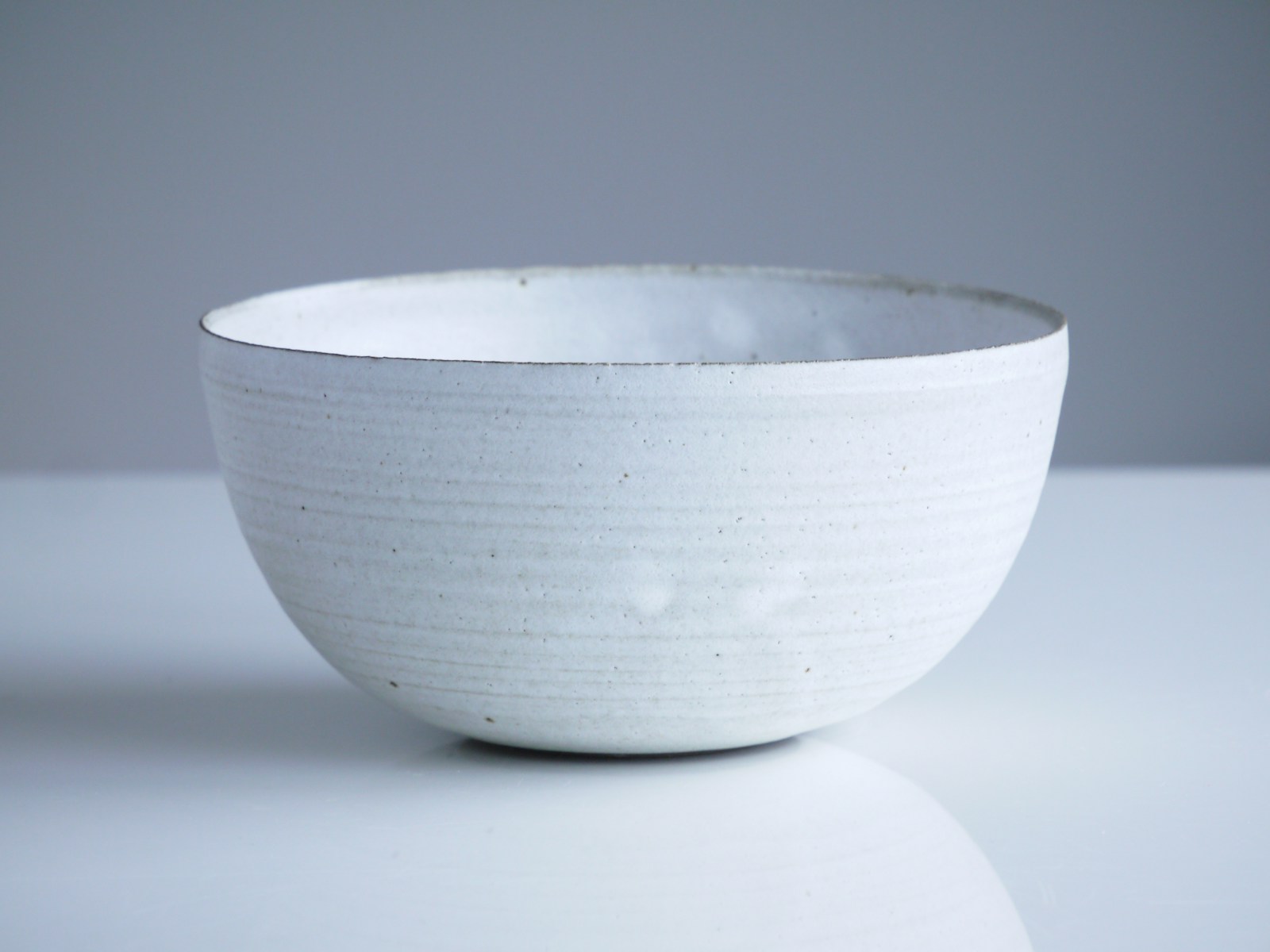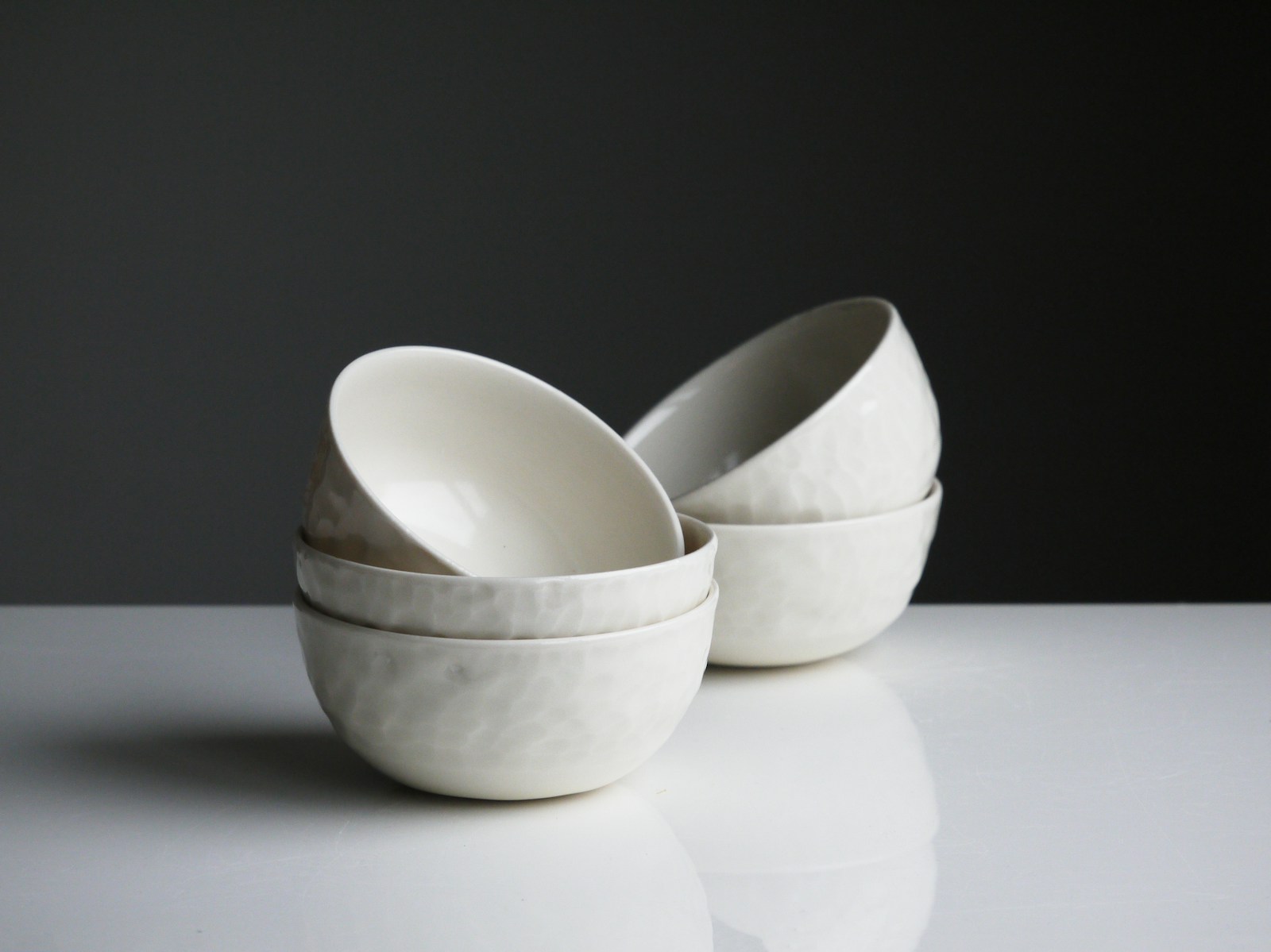Introduction
A bowl is a commonly used dish or container that has a typically round shape and is used for various purposes such as preparing, serving, storing, or consuming food. The interior of a bowl is shaped like a spherical cap, with seamless curves along the edges and bottom. This unique shape makes bowls particularly suitable for holding liquids and loose food, as the contents naturally gather in the center due to gravity. While the exterior of a bowl is usually round, it can also take on various shapes, including rectangular.
Bowls come in different sizes, ranging from small ones for single servings to large ones like punch bowls or salad bowls, which can hold multiple portions of food. There can be some overlap between bowls, cups, and plates. For instance, very small bowls, such as tea bowls, are sometimes referred to as cups, while plates with deep wells are often called bowls.

In many cultures, bowls are the primary vessels used for serving and eating food. Throughout history, small bowls were also used for serving tea and alcoholic drinks. However, in Western culture, plates and cups are more commonly utilized.
Background
Bowls today are made from a variety of materials including ceramic, metal, wood, plastic, and others. The history of bowls dates back thousands of years, with early examples found in China, Ancient Greece, Crete, and certain Native American cultures.

In Ancient Greek pottery, various types of small bowls were used, such as phiales, pateras, and kylices. Phiales were specifically designed for libations and featured a small indentation in the center for easy grip, although some sources suggest they were used for holding perfume rather than wine. The Bronze Age examples from the Mediterranean region display intricate decorations and sophisticated designs. For instance, the bridge spouted vessel design was discovered at the Minoan site of Phaistos. In ancient Mesopotamia, the Uruk culture mass-produced beveled rim bowls of standardized sizes during the 4th millennium BC. Chinese pottery also showcases elaborately painted bowls and vessels dating back to the Neolithic period, with the oldest known bowl, as of 2009, being 18,000 years old.
Anthropologist Vincas Steponaitis, while examining bowls unearthed in North America during archaeological excavations, defines a bowl based on its dimensions. He notes that a bowl’s diameter is rarely less than half its height and suggests that historic bowls can be categorized by their edge or lip shape.
Communal bowl
In numerous cultures, the act of sharing food and drink is often done using a communal bowl or cup. For example, in Mali, the town of Bandiagara is known for its communal bowl meals, which are served in large eating bowls. Similarly, in Zimbabwe, the traditional way of eating sadza involves using a communal bowl, particularly in rural areas. It is customary to eat with the right hand, without the use of cutlery, and the sadza is often rolled into a ball and dipped into various condiments like sauce, sour milk, or stewed vegetables. In Senegal, a popular boiled porridge called lakh is served in a communal bowl or platter, typically topped with sweetened fermented milk.

In China, there are specific etiquettes associated with communal dining. It is considered impolite and unhygienic for individuals to use their own chopsticks to pick up food from shared bowls or plates when utensils are provided. Other behaviors that are considered rude include playing with chopsticks, separating them (such as holding one in each hand), piercing food with them, or standing them vertically in a plate of food. The latter is particularly disrespectful, as it evokes imagery of incense or joss sticks used ceremonially at funerals.
In certain cultures, the concept of a communal bowl carries social significance, as seen in the Spanish idiom, “¿Cuándo hemos comido en el mismo plato?” (English: When have we eaten from the same dish?). This idiom implies a deeper connection or shared experience between individuals.
![]()







